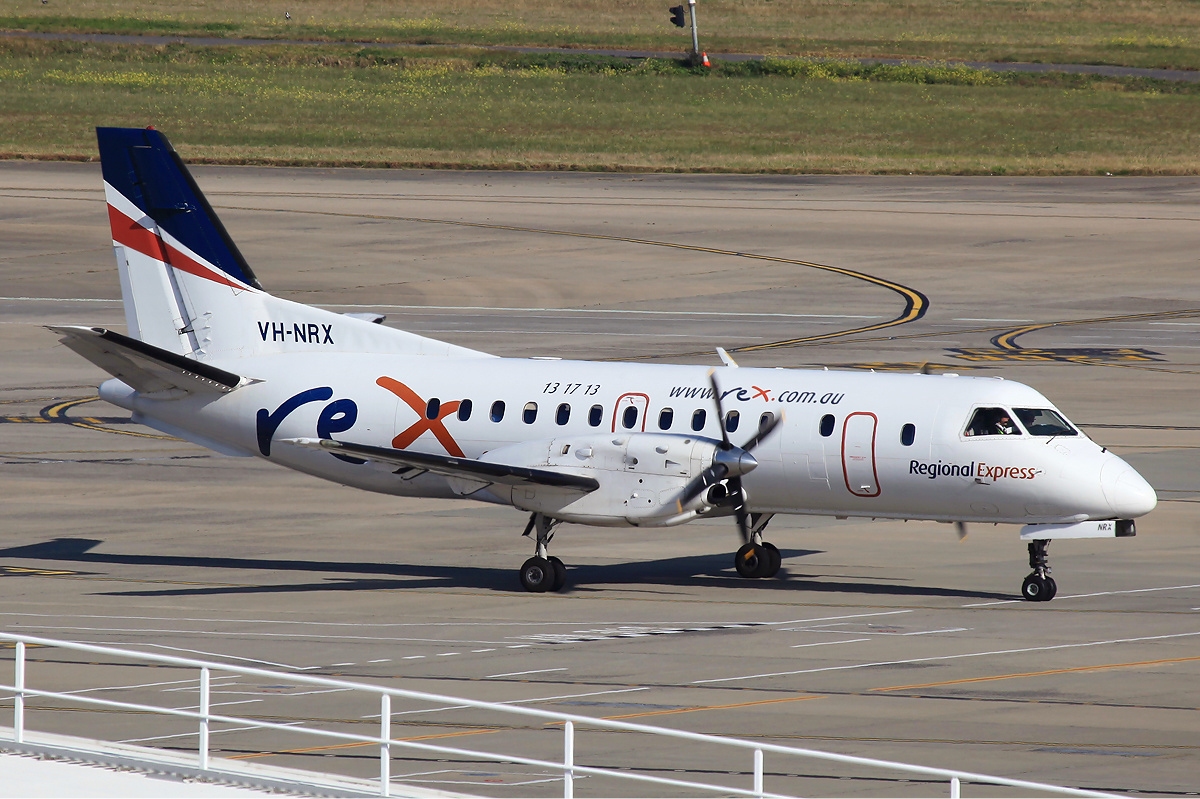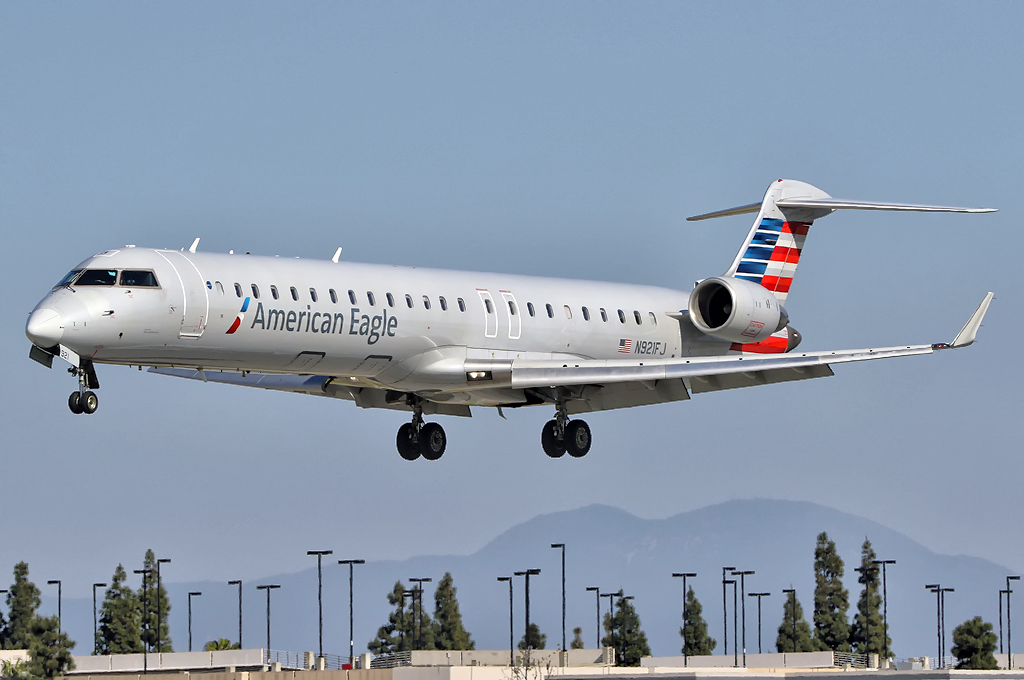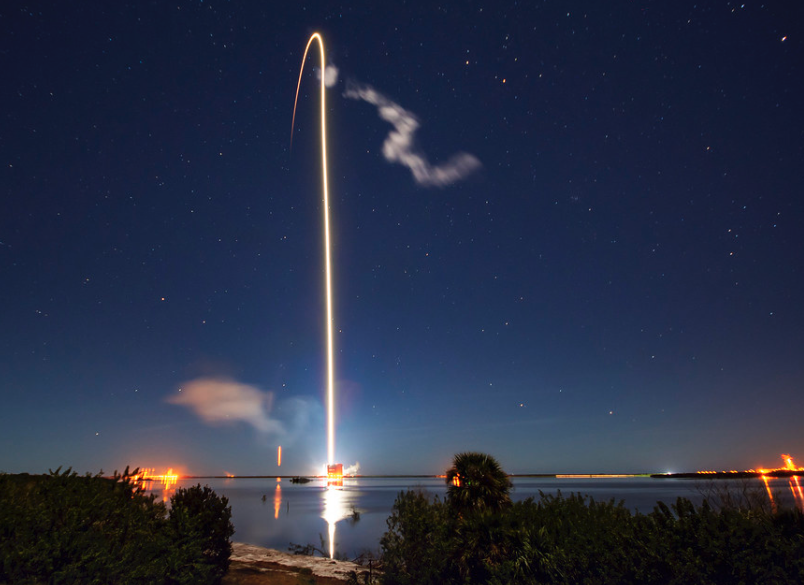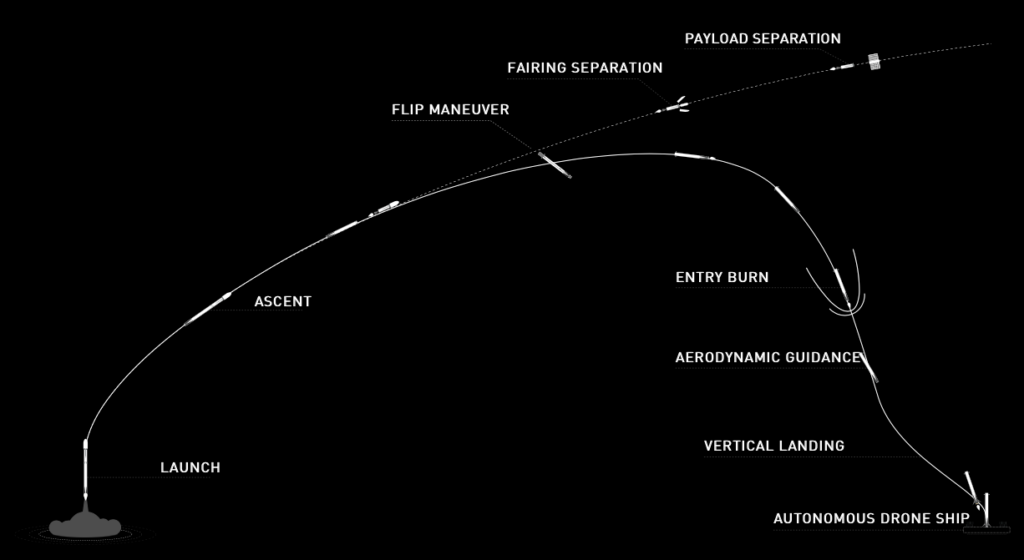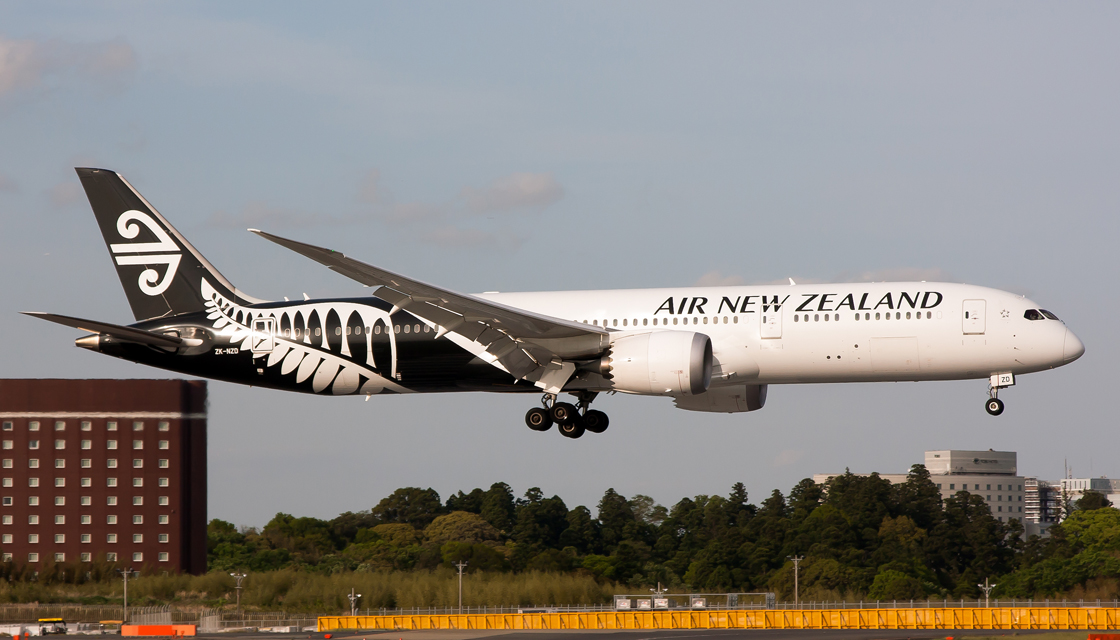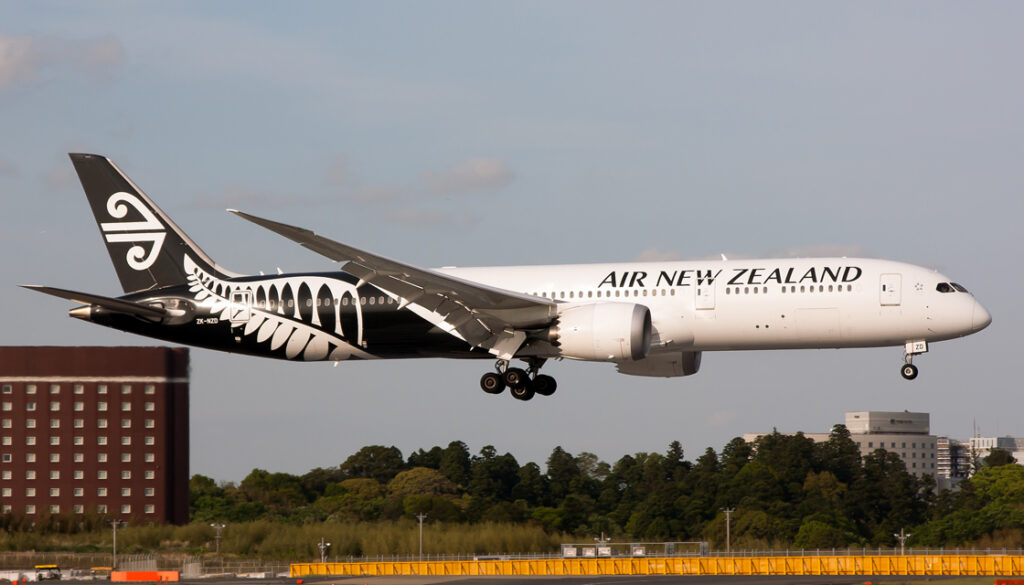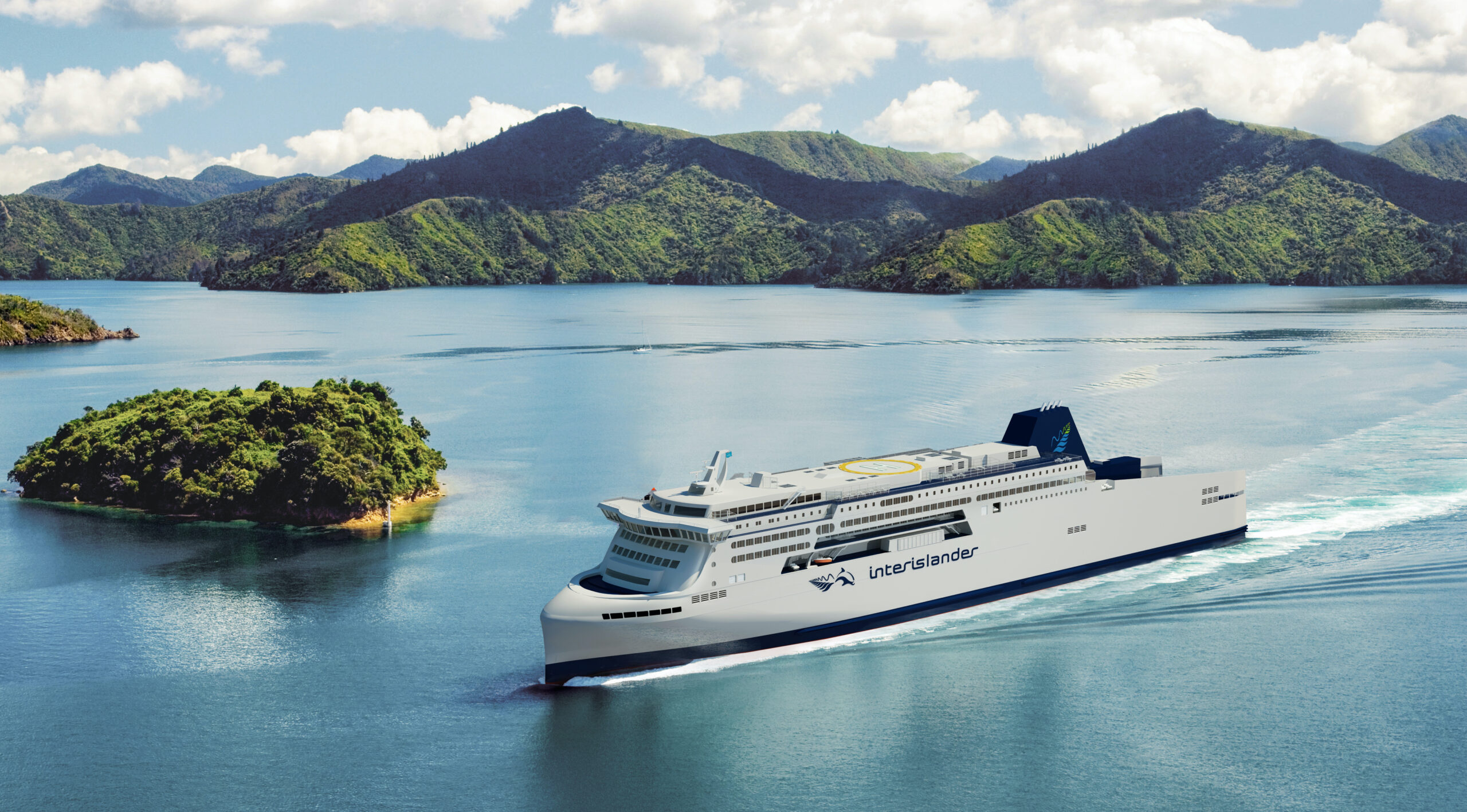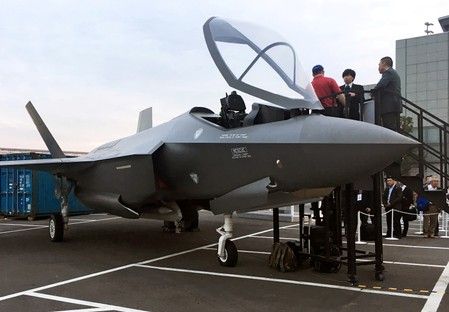Regional Express Group (Rex) has revealed that it has submitted a response to the Request for Information (RFI) issued by the Australian Antarctic Division (AAD) as a precursor to Rex’s intention to be the next aerial operator of the Australian Antarctic Program.
The Program is the most ambitious ever in AAD’s history and looks at bringing together all the highly specialised aerial operations under one operator’s command. The Program calls for significantly expanded capabilities comprising one large intercontinental passenger jet capability, four intracontinental turbo-prop aircraft able to operate on skis, four twin-engine helicopters which can operate both on land and on the Division’s flagship the RSV Nuyina, plus a significant scaling up of Uncrewed Aerial System (UAS) capability for the Division’s operations during the Antarctic Austral Summer (October to March).
Recognising the unique challenges of operating in the Antarctic environment, Rex has assembled an Antarctic Advisory Panel (AAP) comprising the foremost experts in this field with in-depth and practical knowledge of actual aerial operations to the Antarctic as well as design expertise on adapting aerial platforms with skis suitable for landing on unprepared terrain on the Antarctic Continent.
The AAP has guided Rex’s response to the RFI and will spend the next five months preparing the optimal solution ahead of the Request for Tender expected in November this year.
Rex intends to lead a consortium of industry partners that will operate some aspects of the Program that require more specialised expertise.
Rex is Australia’s largest independent regional and domestic airline operating a fleet of 58 Saab 340 and 7 Boeing 737-800NG aircraft to 57 destinations throughout all states in Australia. In addition to the airline Rex, the Rex Group comprises wholly owned subsidiaries Pel-Air Aviation (air freight, aeromedical and charter operator), the Australian Airline Pilot organisation, Australian Aerospace Propeller Maintenance. Rex is also a 50% shareholder of National Jet Express (NJE), a premier Fly-In-Fly-Out (FIFO), charter and freight operator.
